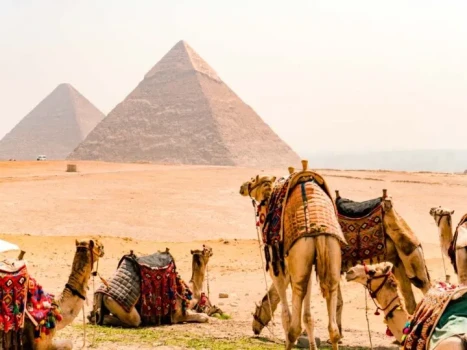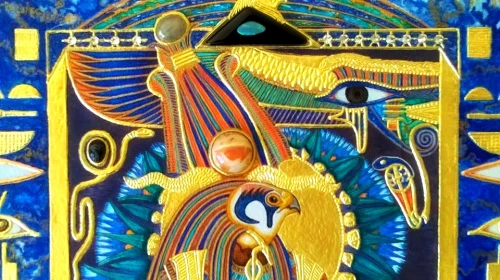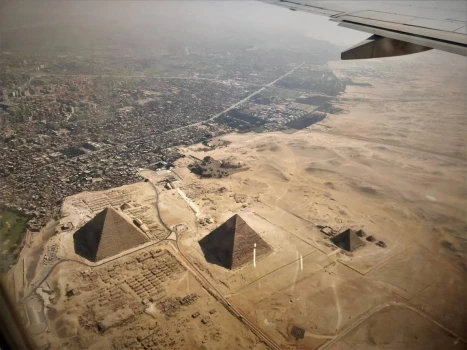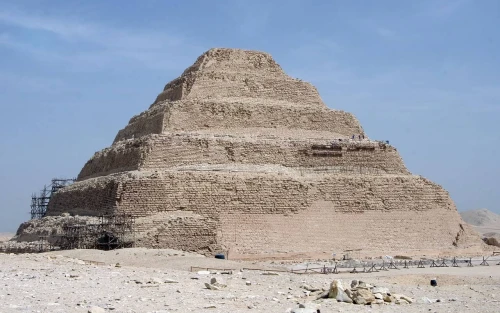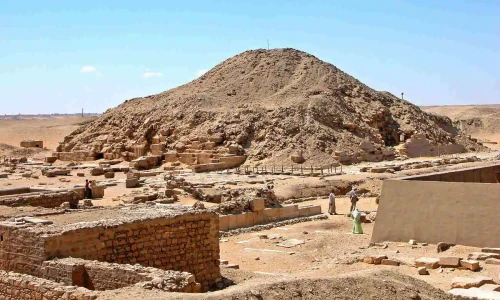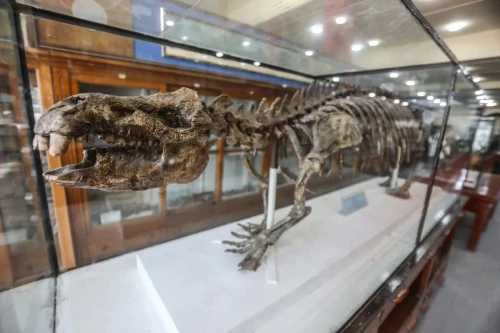
Discovering Egyptian Geological Museum
The Egyptian Geological Museum, which is situated in the centre of Cairo, is home to an astonishing collection of geological marvels that provide visitors an insight into the long history of our planet and the forces that have created it. We'll go further into the intriguing history, cultural relevance, highlights, preservation initiatives, and visitor information of the museum in this blog article.
How Egyptian Geological Museum Got its Start
The museum was established in 1904 in response to the rising interest in Egypt's geology by eminent geologist and mineralogist Gustave de Smet. De Smet saw the necessity for a central repository to store and show these geological riches as a result of the discovery of substantial mineral deposits, which prompted a wave of excitement. He worked nonstop to increase the collection of the museum, which today numbers over 30,000.
Collection's High Points at Egyptian Geological Museum
Towering dinosaur bones, rare minerals, glittering jewels, and meteorites from space are just a few of the museum's many exhibits. The fossil collection, which features a variety of dinosaur skeletons and other prehistoric species, is a visitor favourite. The enormous heads of Tyrannosaurus rex and Spinosaurus, as well as the fragile bones of lesser dinosaurs and prehistoric fish, may all be seen by visitors.
The mineral collection is very noteworthy, containing a variety of extraordinary and uncommon species. As well as marvelling at the delicate crystal formations of minerals like quartz and calcite, visitors may ogle the vivid hues of gemstones like amethyst and topaz. Visitors may touch a piece of the Moon or Mars at the meteorite display and discover more about these heavenly worlds.
Cultural Importance and Preservation Initiatives
Not only does the Egyptian Geological Museum house an amazing assortment of rocks and fossils, but it also functions as an important cultural centre that raises public knowledge of Egypt's geological legacy and protects the nation's abundant geological resources. Several labs and research facilities are housed inside the museum, which acts as a centre for scientific research and teaching.
The museum has had difficulties recently, such as ageing infrastructure and inadequate financing, despite its significance and popularity. Fundraising initiatives, restorations, and collaborations with other institutions have been started in order to conserve the collection and enhance the facilities. In order to modernise the museum's facilities and improve the tourist experience, the museum worked with the Egyptian Ministry of Antiquities to undertake a sizable refurbishment project in 2019.
Egyptian Geological Museum visit
Visit the Egyptian Geological Museum if you have an interest in geology or are just inquisitive about rocks and fossils. The museum is open daily from 9 am to 3 pm (except on Fridays) and entry is free. Make sure you allot enough time to thoroughly browse the extensive collection, and don't be afraid to ask the helpful and educated staff for advice. Regardless of your degree of experience, the Egyptian Geological Museum is guaranteed to leave you speechless and inspired.
 English
English
 Spain
Spain

